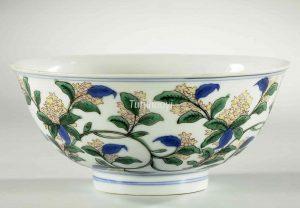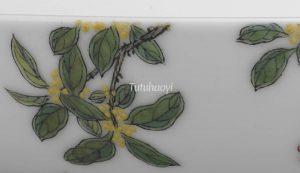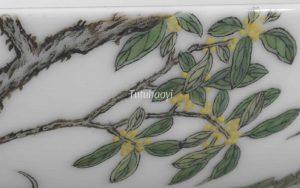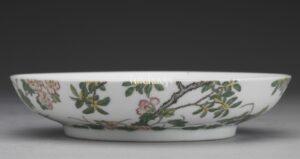Osmanthus
桂花
© Tutuhaoyi.com owns the copyright of the description content for the images attached. Quoting all or part of the description content on this page is permitted ONLY IF ‘Tutuhaoyi.com’ is clearly acknowledged anywhere your quote is produced unless stated otherwise. (本页描述内容版权归Tutuhaoyi.com所有,转发或引用需注明 “Tutuhaoyi.com”, 侵权必究, 已注开源信息的条目除外。)
Osmanthus blossoms in autumn and is conventionally regarded as the flower of the eighth month of the Chinese lunisolar calendar. Its sweet scent is discreet, distinctive, and unforgettable, and has a legendary position in Chinese poetry and art. It is associated with the moon because ancient Chinese wanted to explain the temporal change of the shadow on its surface and it was recorded in the ninth century during the Tang dynasty that a Daoist disciple named Wu Gang (吴刚) did not obey his master’s order and, as a punishment, was sent to the moon to chop the huge osmanthus tree grown there. As the tree had self-healing ability, Wu Gang’s was a Sisyphean task. Also, via a third-century literary allusion of the Jin dynasty, ‘plucking a branch of osmanthus blossom (折桂)’ became a metaphor for ‘being a top contestant in examinations’.
Fig 1: bell-shaped bowl, ‘Wanli’ mark (大明萬曆年製), courtesy of Rijksmuseum, Holland
Fig 2: famille verte porcelain cup, Kangxi period (1662–1722), Qing dynasty, courtesy of the Metropolitan Museum of Art, NY
Fig 3: famille verte porcelain cup, Kangxi period (1662–1722), Qing dynasty, courtesy of the British Museum, London
Fig 4-6: enamelled porcelain dish, Yongzheng period (1723–35), Qing dynasty, courtesy of the National Palace Museum, Taipei





